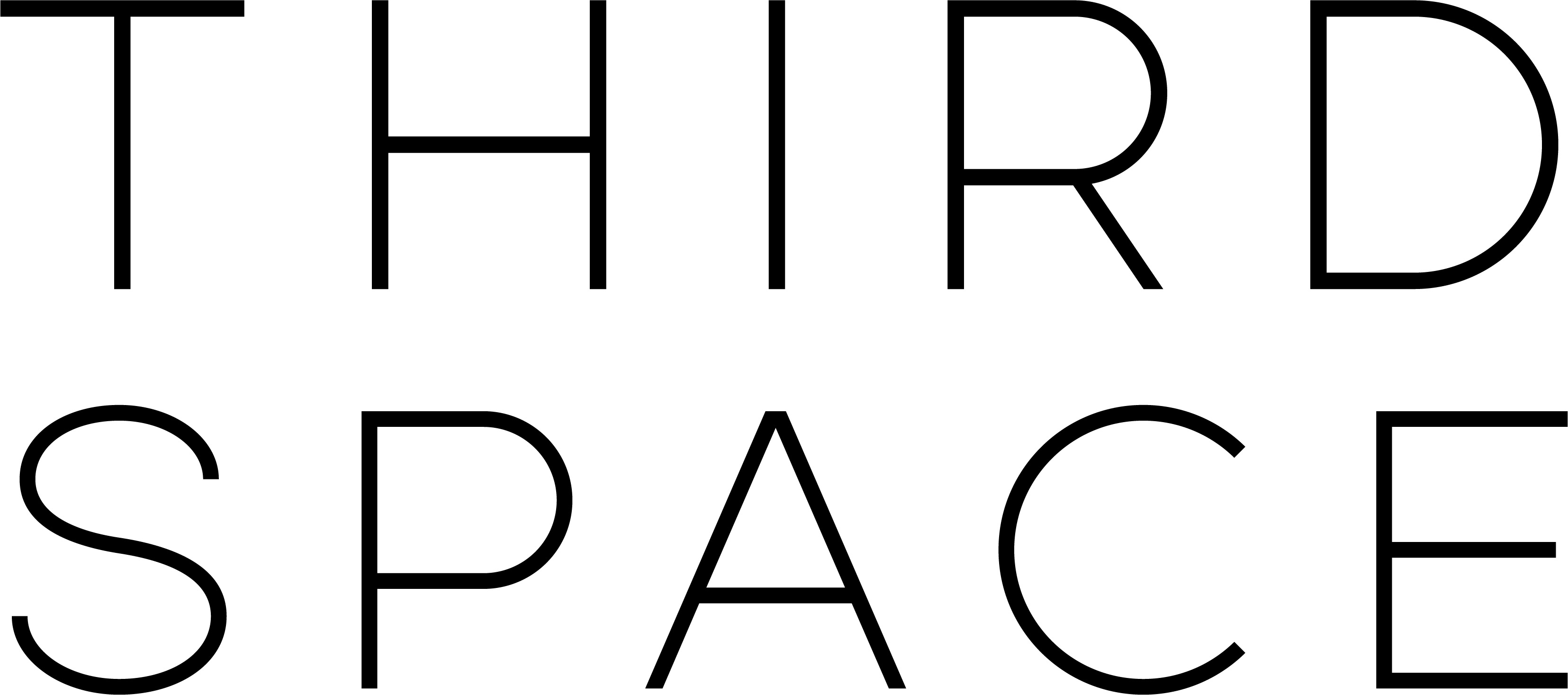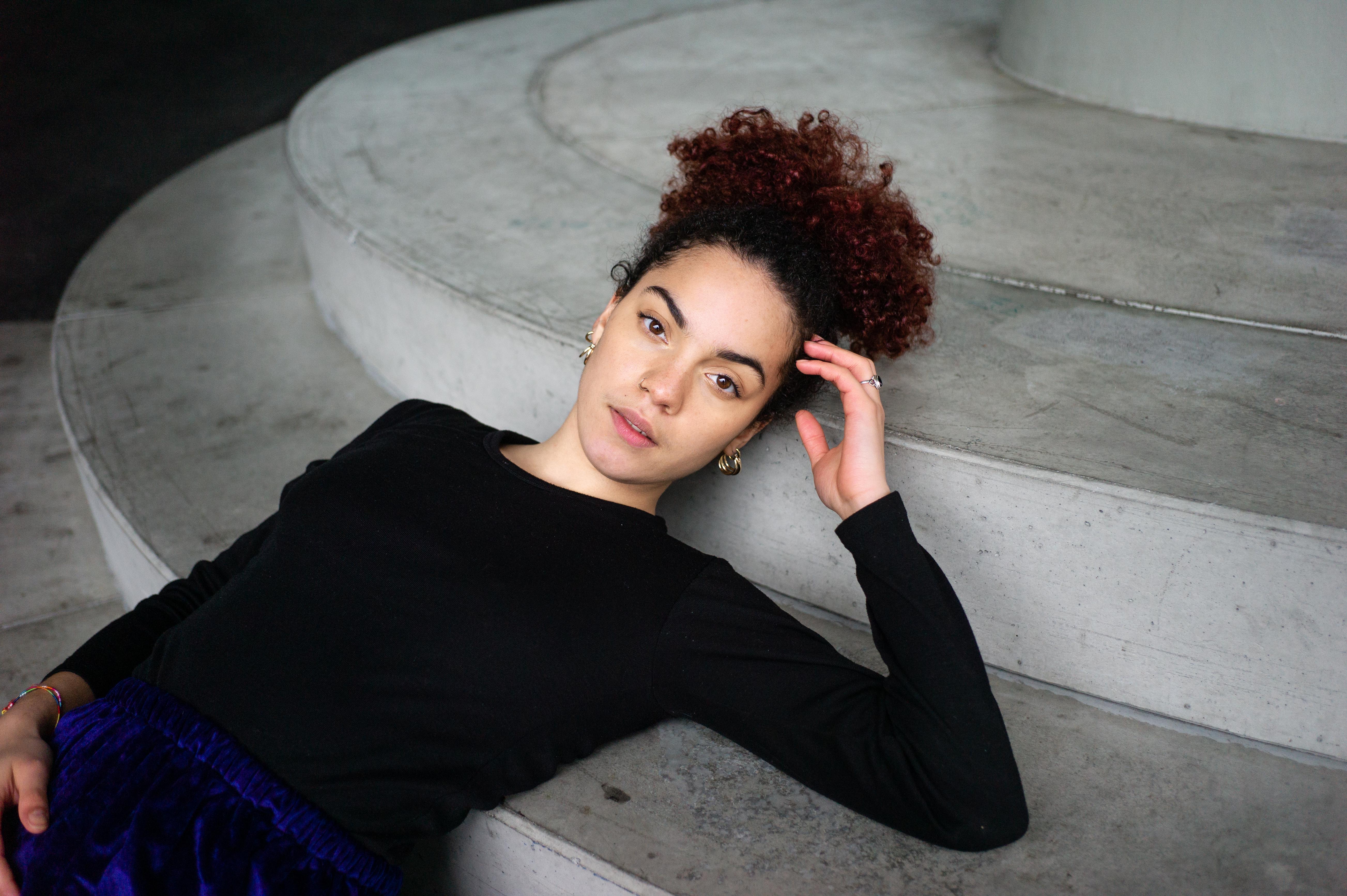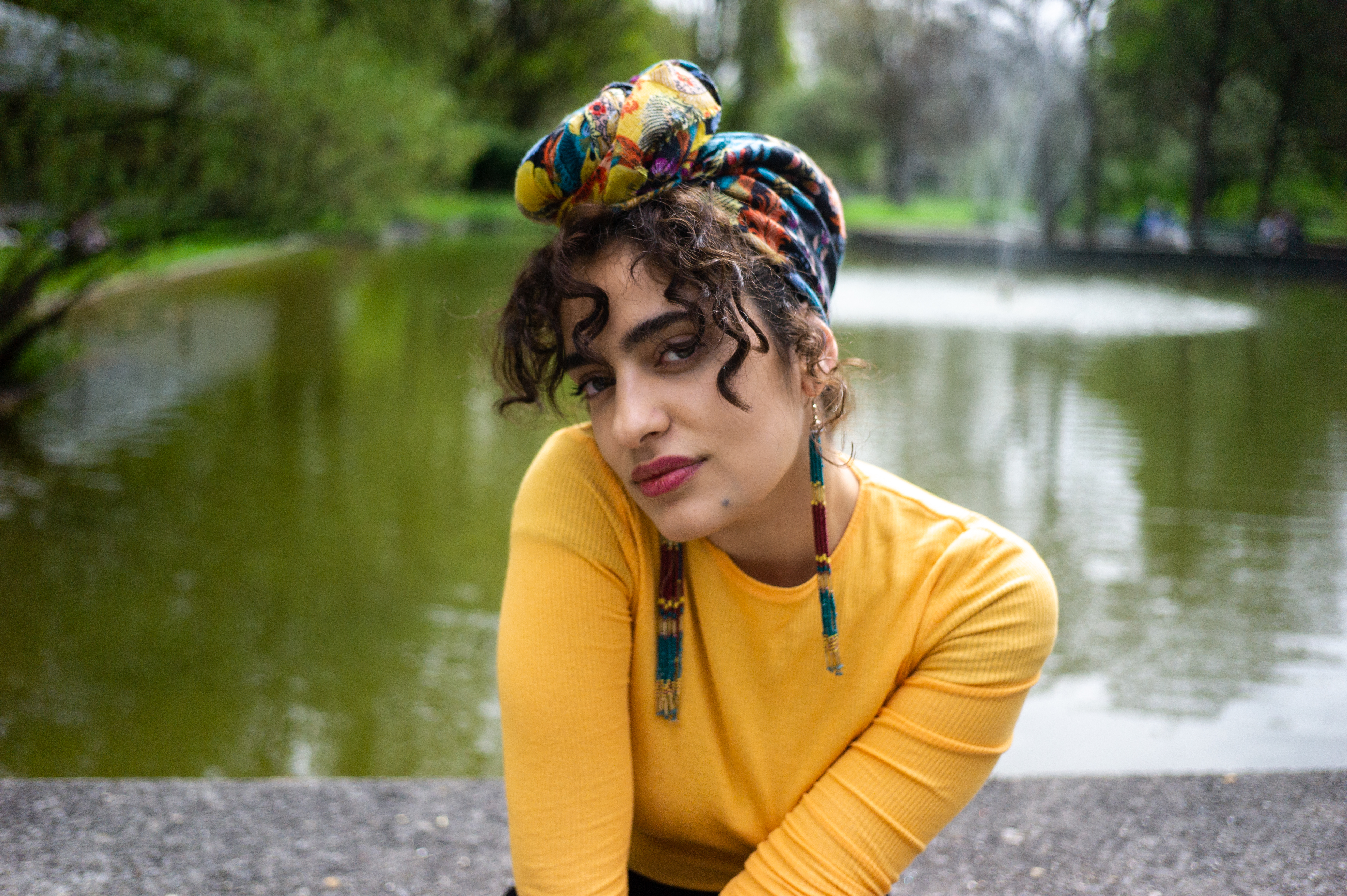#THIRDSPACE
The term Third Space is coined by the theorist Homi K. Bhabha. He describes the Third
Space as a transition space, where post-colonial power relations and norms are
subverted by political, aesthetic or everyday practices. A Third Space is a not a
physical place, it’s much more a space where hybrid identifications are possible and
where cultural transformations can happen. Third Spaces enable cultural hybridity,
that is to say identities and practices, which perform difference without an assumed
or imposed hierarchy.
“The theoretical
recognition of the split-space of enunciation may open the way to
conceptualising an international culture, based not on the exoticism of
multiculturalism or the diversity of cultures, but on the inscription and
articulation of culture‘s hybridity. It is the inbetween space that carries the
burden of the meaning of culture, and by exploring this Third Space, we may
elude the politics of polarity and emerge as the others of our selves.“
- Homi K. Bhabha, The Location of
Culture
Source: Bhabha, H. K. (2012). Über
kulturelle Hybridität. Wien: Verlag Turia + Kant.; Bhabha, H. K. (1994). The
Location of Culture. London: Routledge
#CULTURALHYBRIDITY
The Cambridge dictionary defines the word "hybrid" as "[...] anything that is a
mixture of two or more things [...]". Originally, the term Hybridity evolved
from biological and botanical origins. In the nineteenth century, the term Hybridity
was used as a description of the crossing of people of different races. Hybridity in
this context was put on a level with terms like "half-breed", "mongrel" or "bastard"
and therefore had a negative connotation.
"In the nineteenth
century it was used to refer to a physiological phenomenon; in the twentieth century
it has been reactivated to describe a cultural one"
(Young, 1995, S. 5).
The theorist Homi K. Bhabha reinvented the term.
"For Bhabha, hybridity
becomes the moment in which the discourse of colonial authority loses its univocal
grip on meaning and finds itself open to the trace of the language of the other,
enabling the critic to trace complex movements of disarming alterity in the colonial
text"
(Young, 1995, S. 21). He sees hybridization as an ongoing process where forms
constantly revolve.
Source: Cambridge Dictionary
(2019); Bhabha, H. K. (2012). Über kulturelle Hybridität. Wien: Verlag Turia +
Kant; Young, R. J. C. (1995). Hybridity in Theory, Culture and Race. London:
Routledge.


